Professional Development Model: Documenting4Learning
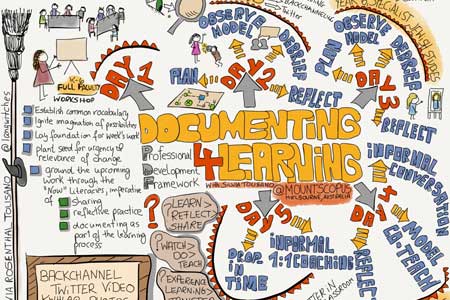
I just returned from a consulting/coaching visit to Mount Scopus Memorial College, a K-12 Jewish Day School, in Melbourne, Australia. It was a one day full faculty (K-6) keynote style workshop to set the tone for a four day intense follow up work with the upper primary school teachers and students. Together with Edna Sackson, the Teaching and Learning Co-ordinator of the school, we planned the overall theme, Documenting FOR Learning, of the intense week to connect with the whole school goal of using data to inform learning.
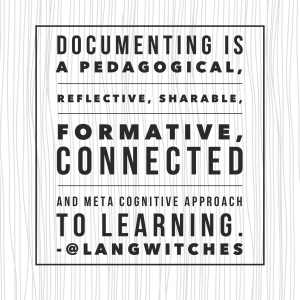
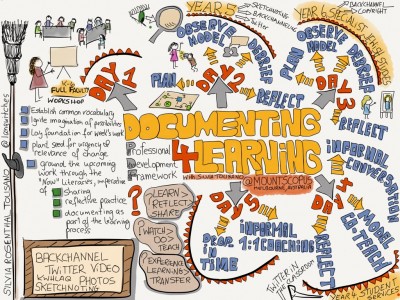
I wanted to “document” the Professional Development model of a keynote presentation, coupled with “experiencing” the topic of PD in teachers’ own learning in follow up small group pre-planning, model lessons, observations, debrief sessions, reflective time as well as 1:1 coaching.
Follow along my documentation and judge for yourself, if this type of PD offers a more customized, personalized and a better chance of sustainable growth, connected and collaborative learning in terms of transformative pedagogy in our world of rapid, exponential change.
The week started out with a keynote presentation to set the tone by looking at the “Now” Literacies through the Lens of Sharing.
The NOW Literacies Through the Lens of Sharing from Silvia Rosenthal Tolisano
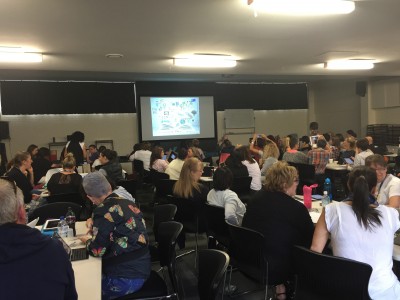
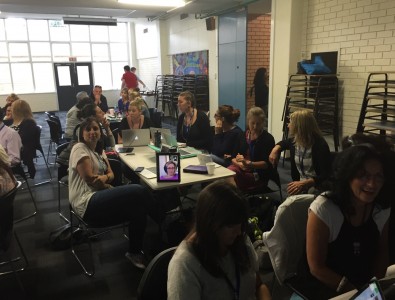
A colleague joining the day of learning via Facetime from home.
The keynote was meant:
Tech & Learning Newsletter
Tools and ideas to transform education. Sign up below.
In order to give teachers a taste of what documenting and sharing meant, I asked participants to write down what they were hearing, what they were thinking that was worth sharing. I offered them three different backchannels to be able to experiment if they preferred one over the other for their own learning. Throughout the presentation there were built in Visible Thinking Routines to facilitate the documentation process.

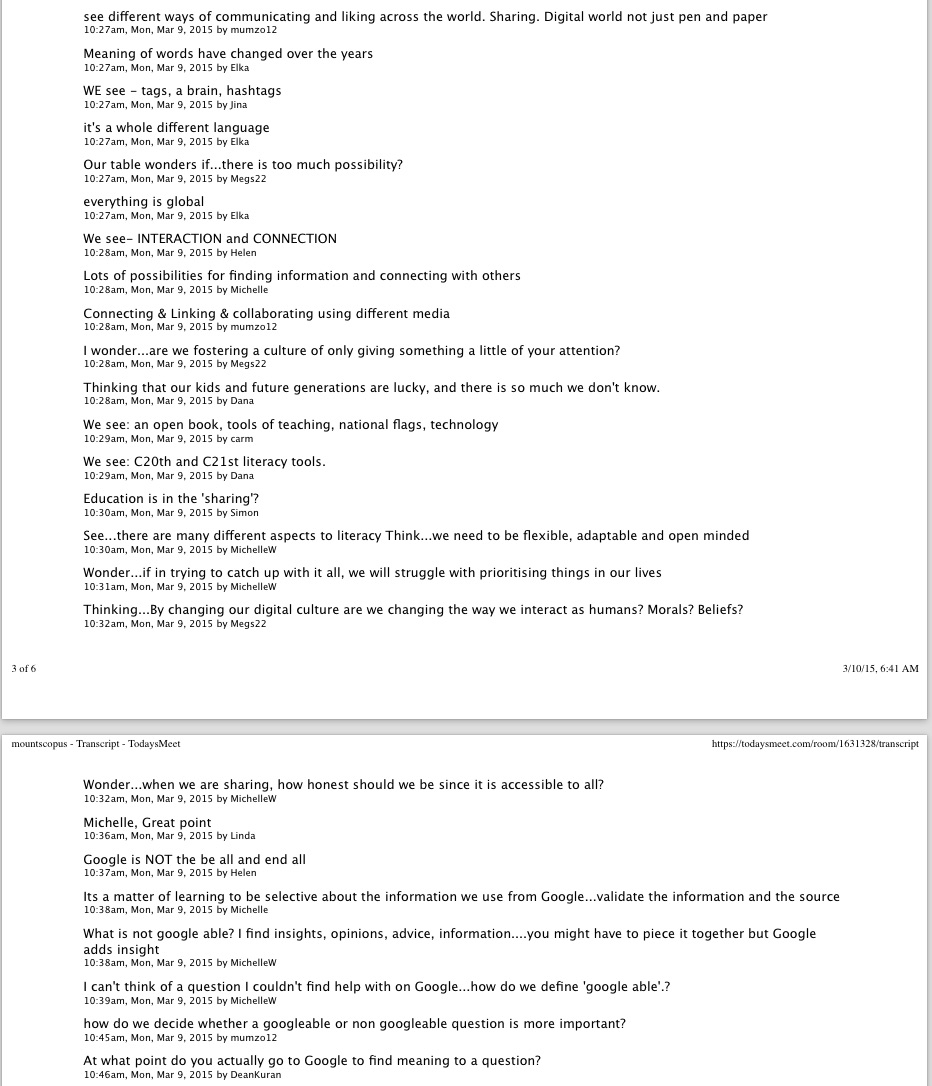
Monday afternoon was spent diving deeper into Documenting FOR Learning. From looking at the What? Why and How? of Documenting4Learning, recognizing that documenting is PART of the learning process to looking at documentation techniques, examples and ways to collaboratively document learning as a classroom community.
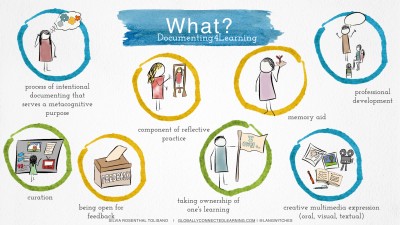
After this intense introduction to documenting and sharing for learning, we were ready for the next four days which Edna and I planned to offer her teachers:
We divided the coaching cycle into different sections:
2. Modeling / Observation: Teachers were charged to document the lesson, student learning and to be prepared to reflect and share as a group in a blog post to the school’s teaching and learning blog. These model sessions in the classroom were not planned, but connected to a lesson, inquiry, big idea or essential questions the class was or have been working on.
Image by Michele
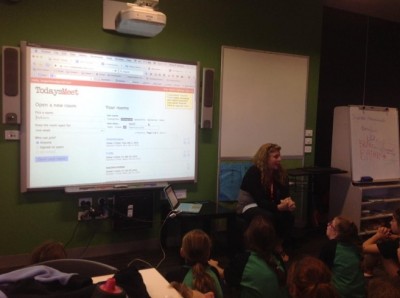
Image by Michelle Max
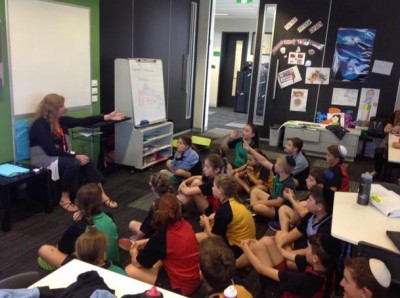
observing and documenting the lesson in the classroom in order to share and reflect
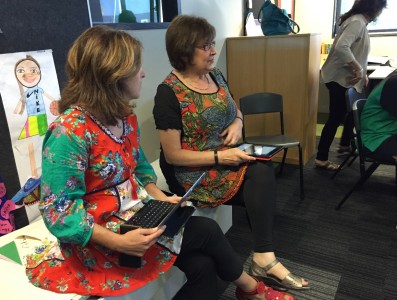
observing the introduction to a backchannel
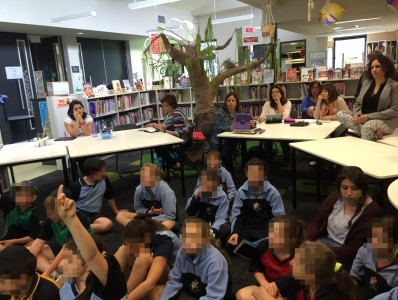
documenting learning with images, videos and student quotes
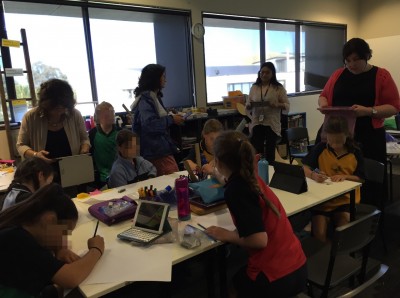
The following model lessons emerged (which I will be documenting and sharing in follow up posts). See hyperlinks to already published posts:
3. Debriefing: A time after the model lesson to debrief as a group, unpack the lesson, the observations, connect to further resources and plan for the reflection session
Image by Edna
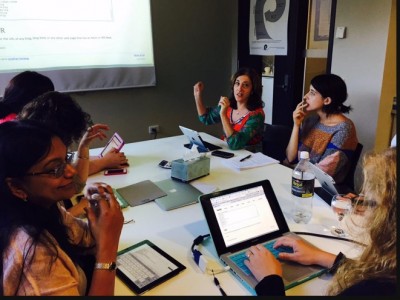
unpacking the backchannel from the model lesson
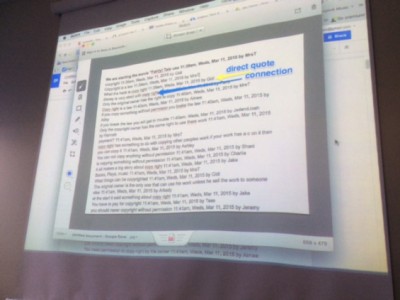

4. Reflection: Dedicated time for the team to reflect on their learning, the model lesson and what does it mean in terms of transfer to the classroom.
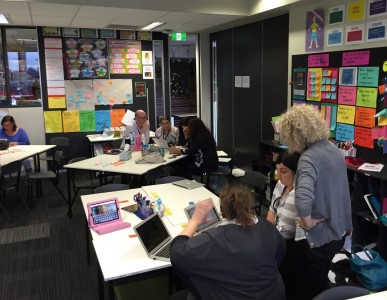
Teacher Reflections:
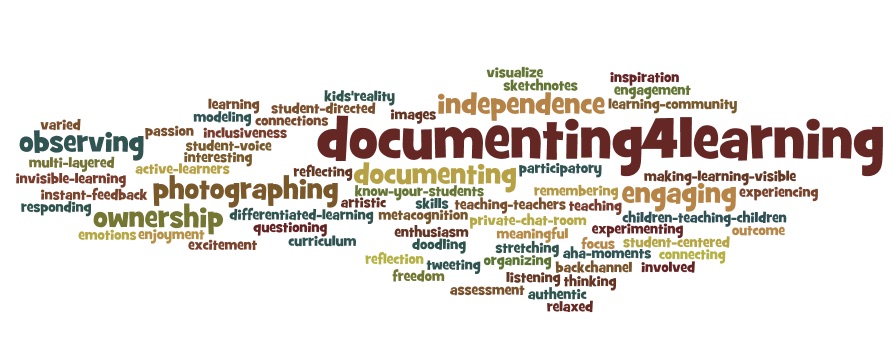
What does “documenting4learning” mean to you?
Only time will tell if this Professional Development Framework will aid teachers in the transfer from their own learning experience into their classroom and connect to the learning of their students. Good indicators seem to be continued blogging, showcasing, reflecting and sharing student work on the school’s teaching and learning blog and connecting via Twitter ( MSMCYear5 ) as well as enthusiasm by individual teachers to try the modeled lesson (sketchnoting, backchannel and Twitter) observed in another classroom with their own students.
image by Fiona
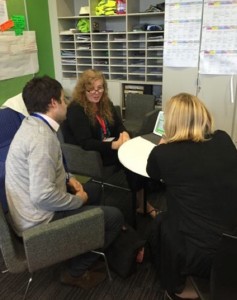
Edna had also scheduled time for me to meet with single subject area teachers, a group of student support services as well as drop-in time to simply chat, imagine possibilities and answer follow up questions from the main keynote or model lessons.
What are your thoughts on this professional development framework? Have you experienced learning this way to improve your teaching practice and repertoire? What have you gained from experiencing the learning before “translating” it into your classroom? What are some other PD framework models that have worked particularly well for you to go beyond the “drive by shooting” types of one hour conference workshops or one day keynote speakers? Please share…
cross posted at langwitches.org/blog
Silvia Tolisano is a Curriculum21 faculty member, author of the book Digital Storytelling Tools for Educators and founder of the Around the World with 80 Schools project. Read more at http://langwitches.org/blog.
